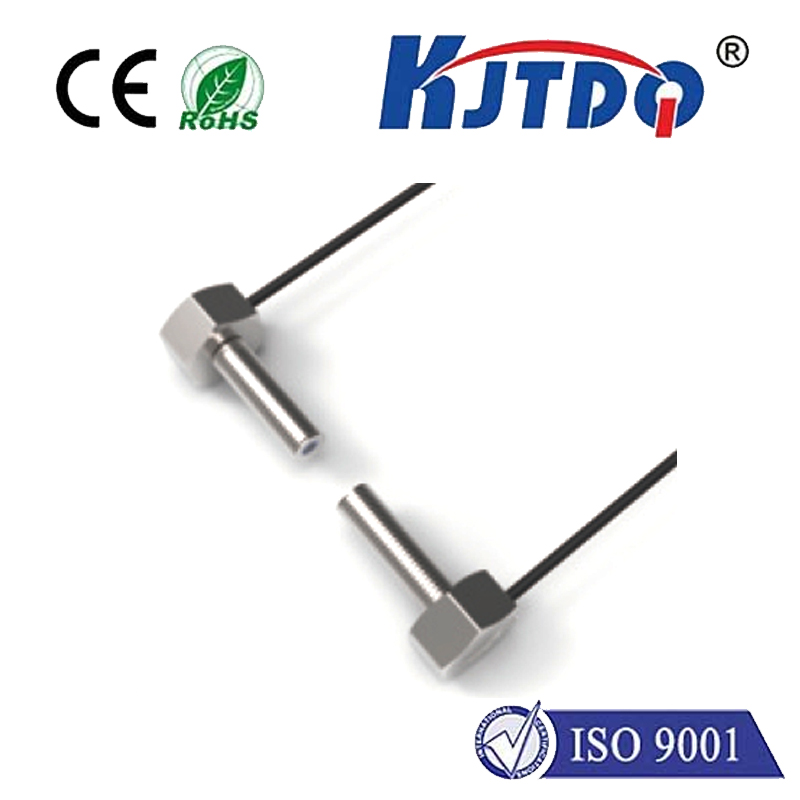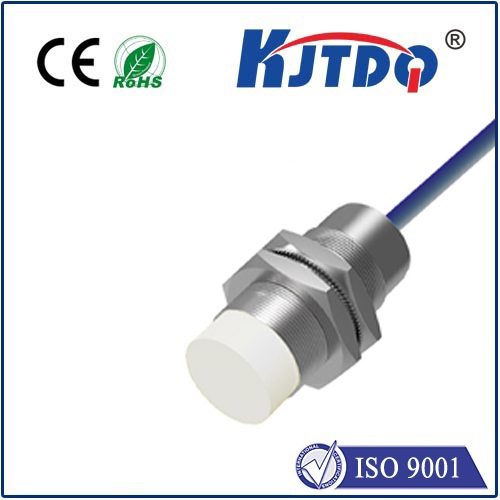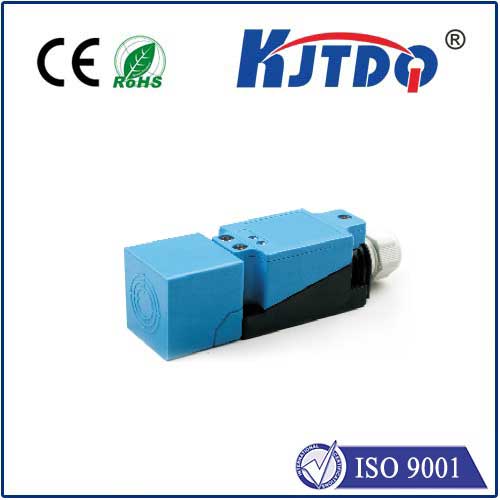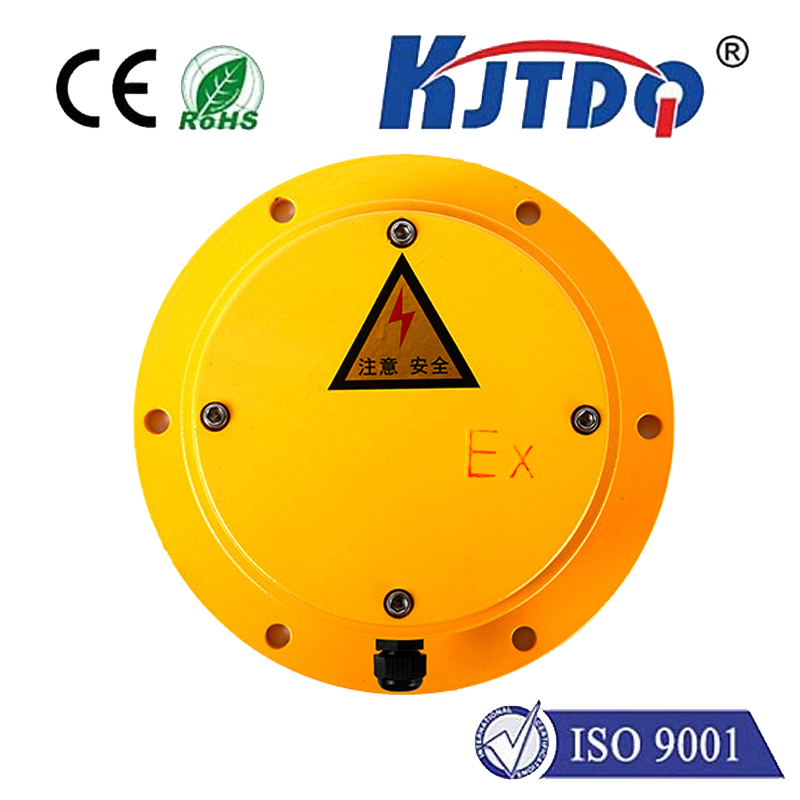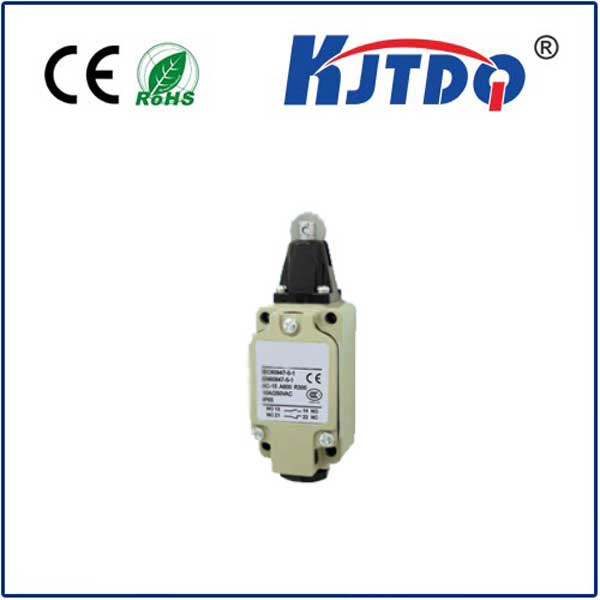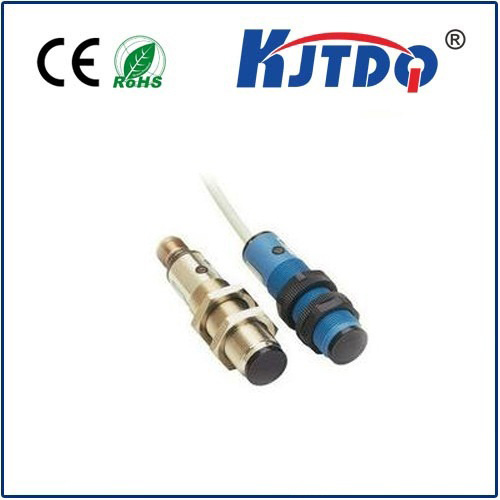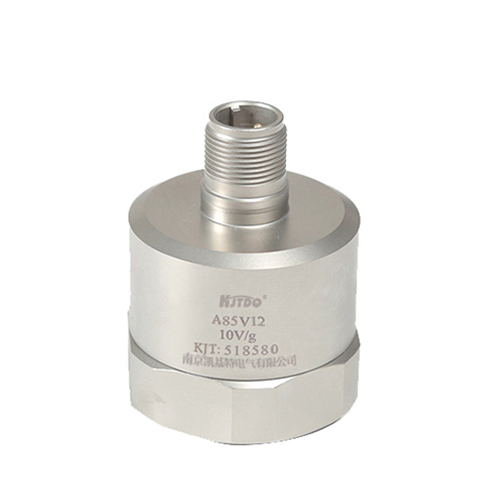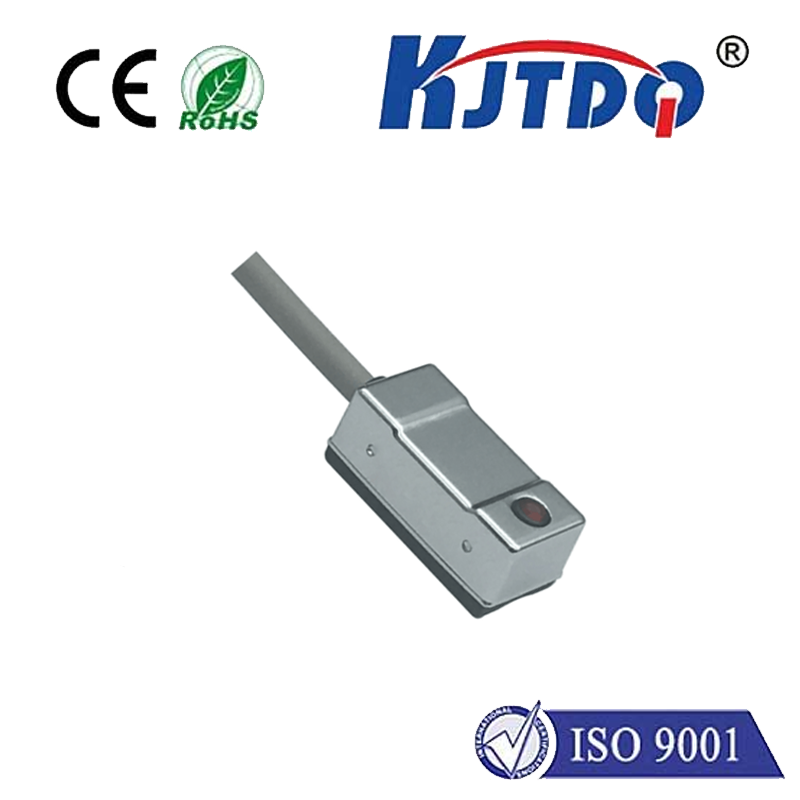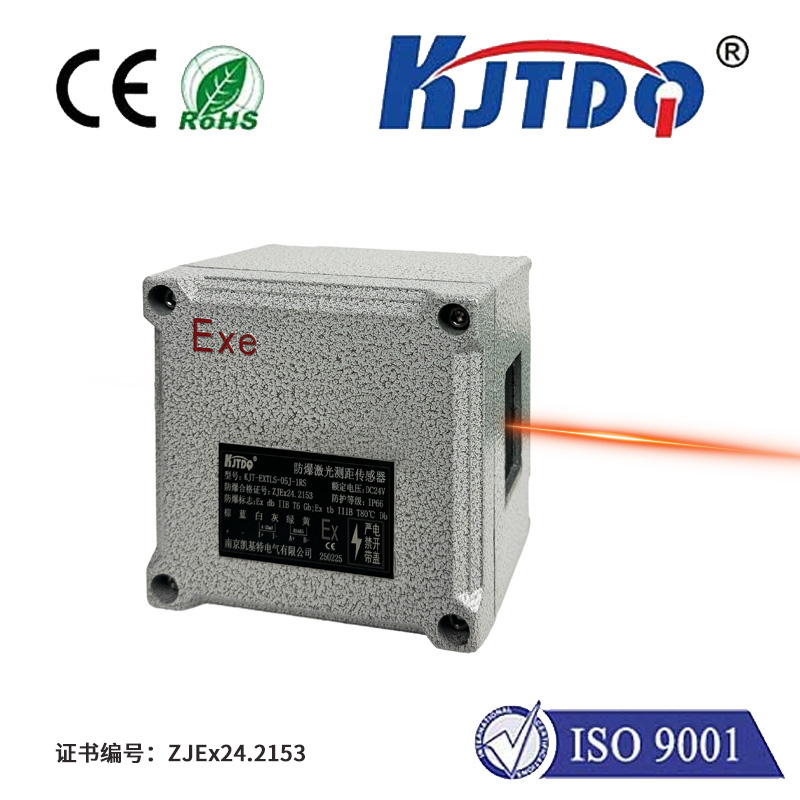

check

check

check

check

check

check

check

check

check

check
Title: Unlocking the Mysteries of Normal Closed, Held Open, and Limit Switches for Industrial Applications
Introduction
In the world of industrial automation, switches play a crucial role in controlling various processes and systems. Among them, three types of switches stand out due to their unique features and applications: normal closed (NC), held open (NO), and limit switches. In this article, we will delve into the characteristics and functions of these switches, providing insights into how they contribute to the efficient operation of industrial equipment.
Section 1: Understanding Normal Closed Switches
Normal closed switches are the most common type found in industrial settings. These switches are designed to turn off an electrical circuit when the switch is in its normally closed position. When the switch is moved into the opened position, the circuit is allowed to flow. Normal closed switches are simple and reliable, making them widely used in a variety of applications.
One advantage of normal closed switches is their low resistance, which means they consume minimal power when in operation. This feature makes them ideal for controlling high-power devices such as motors and transformers. Additionally, normal closed switches are often used in safety applications where it is essential to ensure that the device or system remains shut off when not in use.
However, normal closed switches have some limitations. They cannot be used as a manual on/off switch because they will remain in the "on" state until the circuit is de-energized. Furthermore, they may experience drift over time, leading to unexpected behavior in some systems. To mitigate these issues, many industrial control systems incorporate additional sensors or feedback mechanisms to monitor switch positions and ensure accurate control.
Section 2: The Role of Held Open Switches in Industrial Automation
Held open switches are a more advanced version of normal closed switches. They work by allowing current to flow through the circuit even when the switch is in its open position. This feature allows held open switches to act as a latch or hold-open mechanism, ensuring that certain circuits remain active even when external factors interfere with the switch's movement.
The main benefit of held open switches is their versatility. Because they can maintain the flow of current in specific situations, they are useful in applications where it is necessary to keep devices or systems running continuously, without interruption. For example, held open switches can be used in water treatment plants to keep pumps running even during power outages or maintenance activities.
Despite their usefulness, held open switches have some drawbacks. Like normal closed switches, they can experience drift over time, leading to potential problems if not properly calibrated. Additionally, held open switches may require additional hardware or wiring to function effectively, adding complexity to installation and maintenance tasks.
Section 3: The Importance of Limit Switches in Industrial Control Systems
Limit switches are another critical component of industrial automation systems. These devices are designed to detect when a mechanical switch or valve has reached a certain point of closure or opening, signaling the control system to take action. Limit switches are commonly used in applications where precise control of process variables is essential, such as temperature control systems in chemical plants or precision machinery in manufacturing facilities.
One advantage of limit switches is their simplicity. They are easy to install and require minimal maintenance, making them ideal for use in harsh or demanding environments. Additionally, limit switches are highly reliable, with a long lifespan and minimal failure rates compared to other switch types.
However, like other switch types mentioned earlier, limit switches have certain limitations. They can only detect the exact moment of closure or opening, meaning they may not provide accurate information about the duration or frequency of motion. To overcome this limitation, many industrial control systems incorporate additional sensors or feedback mechanisms to improve accuracy and performance.
Conclusion
In conclusion, normal closed, held open, and limit switches are crucial components of industrial automation systems, each with its unique features and applications. By understanding the characteristics and functions of these switch types, engineers can select the appropriate solution for their specific requirements and ensure optimal performance from their control systems. As technology continues to evolve, it is likely that newswitchtypeswill emerge with even more advanced features and capabilities, further advancing industrial automation and improving overall efficiency and productivity.
